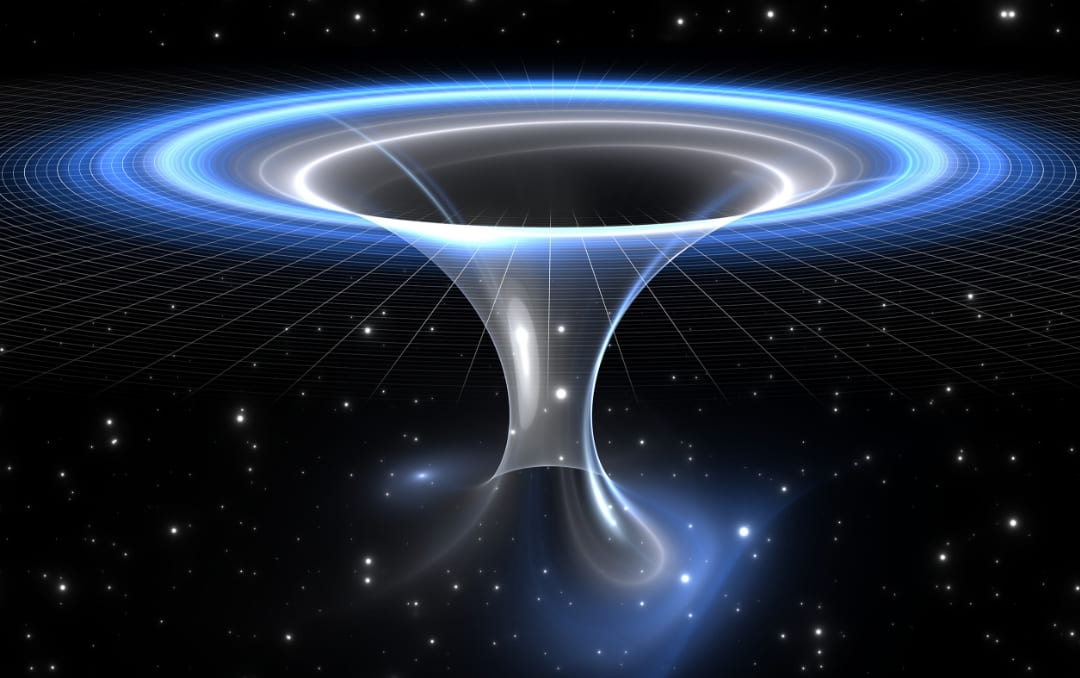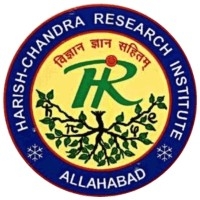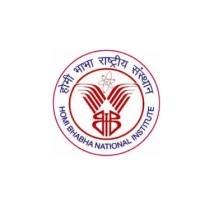Modified celestial amplitude in Einstein gravity

Abstract:
In this paper we evaluate the modified celestial amplitude for gravitons and gluons, as defined in [4]. We find that the modified (tree) amplitude is finite for gravitons in Einstein gravity. The modified amplitude behaves like correlation function of operators inserted at various points of null-infinity in the Minkowski space-time. Therefore, unlike the standard celestial amplitudes, these are three dimensional objects. We also show that this amplitude admits conformal soft factorization recently studied in the literature. Read More
Publication: Journal of High Energy Physics
Publisher: Springer Link
Authors: Shamik Banerjee, Pranjal Pandey, Sudip Ghosh, Arnab Priya Saha
Keywords: Conformal Field Theory, Scattering Amplitudes, Space-Time Symmetries
Meet one of the Author:
Affiliations:
Stay In the Know
Get Latest updates and industry insights every month.




